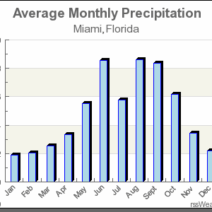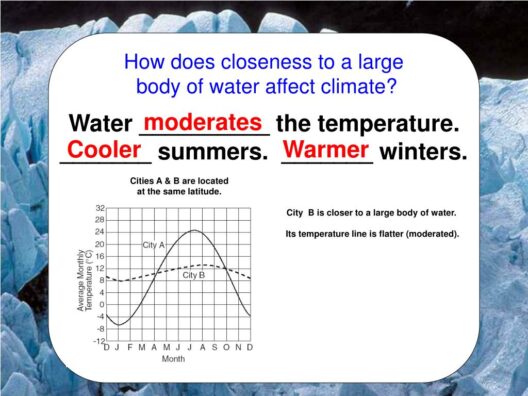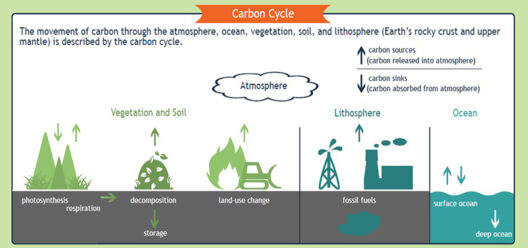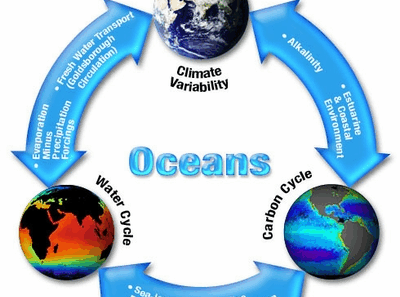Climate is a pivotal element in the intricate tapestry of Earth’s geology and ecosystem. Among its myriad effects, one of the most significant is its role in soil formation. Soil is not merely a passive substrate; it is a dynamic and living entity that serves as the bedrock of all terrestrial life. Understanding how climate shapes the processes of soil formation unveils the interconnectedness of environmental factors and the delicate balance of ecosystems worldwide.
The genesis of soil involves a multifaceted interplay of climatic conditions, biological activity, and geological processes. Among the primary climatic factors influencing soil formation are temperature, precipitation, and biological activity, each of which impacts soil’s physical and chemical properties. Temperature dictates the rate of chemical reactions; warm temperatures accelerate weathering and organic matter decomposition, leading to more fertile soils. Conversely, extreme cold can inhibit these processes, resulting in poorly developed soils.
Precipitation is another critical variable in this equation. The amount and distribution of rainfall directly influence soil moisture levels, sediment transport, and leaching processes. In regions with abundant rainfall, soils tend to be rich in nutrients due to the high rates of weathering and organic input. However, excessive precipitation can also lead to issues such as soil erosion and nutrient leaching, resulting in diminished soil fertility. In contrast, arid regions often exhibit characteristic soil types such as deserts, which have different formation processes and nutrient profiles when compared to more humid regions.
The concept of soil profile further elucidates the interaction between climate and soil formation. The soil profile is composed of distinct layers, known as horizons, each exhibiting unique properties influenced by climatic factors. The topsoil, often rich in organic material, is the result of continuous interactions between climate, vegetation, and microbial activity. Beneath it, subsoils may exhibit varying degrees of horizon differentiation, influenced by leaching and accumulation processes shaped by local climate.
Soil formation processes can be broadly classified into several categories based on environmental conditions. For instance, in tropical climates characterized by high temperatures and significant rainfall, intense weathering processes dominate. This environment fosters rapid decomposition of organic matter and mineral alteration, creating highly weathered soils known as Alfisols or Oxisols, renowned for their low nutrient-holding capacity and iron-rich profiles.
In contrast, temperate climates, with their moderate temperatures and seasonal precipitation, give rise to soils like Mollisols, which are celebrated for their high fertility. These soils develop from the accumulation of organic matter derived from perennial grasses, creating a rich layer of topsoil that supports diverse agricultural activities. The seasonal variations in temperature and moisture levels contribute to distinct layers within the soil, enhancing its fertility and agricultural viability.
Moreover, cold climates produce unique soil types, such as Gelisols, which are characterized by permafrost. The presence of permafrost limits organic decomposition and promotes the accumulation of organic material, creating thick layers of poorly decomposed vegetation. This results in a unique ecosystem that supports a different array of plant and animal life, underscoring the role of climate in shaping both soil and biological communities.
Human activity further complicates the relationship between climate and soil formation. Land use practices, such as agriculture and urban development, can disrupt natural soil formation processes, leading to degradation and diminished soil health. Unsustainable practices, such as deforestation, exacerbated by climate change, can lead to increased erosion and soil degradation, fundamentally altering the soil’s structure and nutrient availability.
As the climate continues to evolve due to anthropogenic influences, the implications for soil formation are profound. Changes in precipitation patterns, temperature increases, and the frequency of extreme weather events can disrupt established soil formation processes. For example, rising temperatures accelerate mineral weathering but may simultaneously lead to increased rates of soil erosion and loss of organic matter. This dynamic creates a challenging future for soil health and, by extension, food security, biodiversity, and ecosystem stability.
In addressing soil conservation and management, it becomes evident that strategies must be adaptable to the changing climatic conditions. Practices such as agroforestry, cover cropping, and sustainable land management can bolster soil resilience, helping to mitigate the impacts of climate change while enhancing soil formation processes. Such proactive approaches nurture the soil, enhancing its ability to sequester carbon, retain moisture, and support diverse terrestrial life.
In conclusion, the nexus between climate and soil formation is both intricate and vital for sustaining life on Earth. As climate shapes the soil, it also influences ecosystems, agricultural productivity, and global biodiversity. Understanding these connections enables informed environmental stewardship and sustainable practices that are crucial in the face of accelerating climate change. Ensuring the health of our soils is essential, not only for agriculture but also for the broader ecological framework upon which all life depends.





